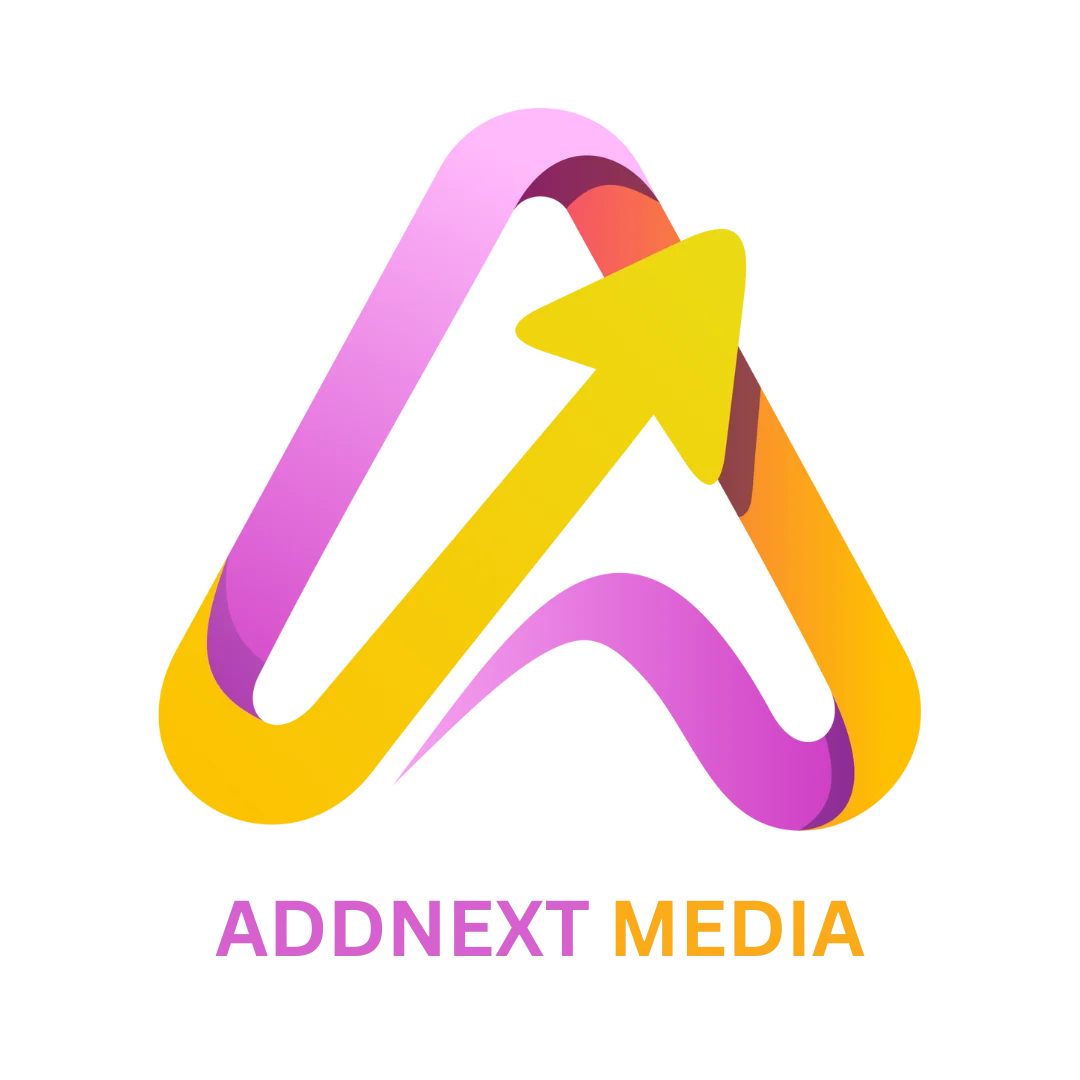In the fast-paced digital world, graphic design has become an essential tool for digital marketing agencies seeking to enhance brand identity, engage audiences, and drive conversions. With visual content taking the forefront of digital communication, graphic design plays a pivotal role in shaping a company’s online presence. This article will explore the significance of graphic design for digital marketing agencies and how it can elevate marketing campaigns, boost SEO efforts, and create a lasting impact.
Why Graphic Design Matters for Digital Marketing Agencies
Graphic design is more than just making things look appealing; it’s about communicating a message clearly and effectively through visuals. For digital marketing agencies, graphic design serves as the bridge between a brand’s message and its audience. Here’s why it matters:
- Brand Recognition and Identity
Consistent and thoughtful graphic design helps digital marketing agencies establish a unique brand identity. Logos, color schemes, typography, and visual elements define a brand’s personality and differentiate it from competitors. When visitors see a well-designed logo or layout, they instantly recognize the brand, creating familiarity and trust. - Increased Engagement
Studies show that people are more likely to engage with visual content than text alone. Graphics like images, infographics, and videos capture attention more effectively than text-based content. This increased engagement can lead to longer time spent on a website, improved user experience (UX), and better conversion rates. - Improved Conversion Rates
A well-designed website or ad can guide potential clients to take desired actions. Whether it’s signing up for a newsletter, clicking on a CTA, or making a purchase, graphic design elements like buttons, banners, and images can influence users’ decisions. Clear, eye-catching designs increase the chances of conversion by leading users through the content seamlessly. - Stronger Communication
Graphic design helps break down complex ideas and makes them more digestible. Infographics, charts, and icons simplify information and enhance user understanding. When digital marketing agencies use effective visuals to present data or explain services, they make it easier for potential clients to absorb the message. - SEO Benefits
While graphic design itself isn’t a direct SEO factor, it can have a significant impact on SEO performance. Properly optimized images, well-structured content, and mobile-friendly designs all contribute to a better user experience, which, in turn, influences search engine rankings. Search engines like Google prioritize sites that offer a smooth and engaging experience, and graphic design plays a key role in achieving this.
Key Graphic Design Elements for Digital Marketing Agencies
To harness the full potential of graphic design, digital marketing agencies need to focus on the following elements:
1. Logo and Brand Identity
The logo is the face of any brand. A well-crafted logo communicates the agency’s values, mission, and personality. It should be simple, memorable, and versatile. Coupled with a consistent color palette and typography, the logo becomes the foundation for all visual content and brand communication.
2. Website Design
The design of a digital marketing agency’s website is critical in attracting and retaining visitors. An aesthetically pleasing and user-friendly design makes navigation easier, while clear CTAs guide users toward conversions. The layout should be intuitive, responsive, and optimized for different devices, ensuring a seamless experience for visitors, whether they’re on desktop or mobile.
Key considerations for web design:
- Clean and clutter-free layout
- Fast load times
- Easy-to-read fonts
- Mobile-friendly design
- Effective use of images, videos, and infographics
3. Infographics
Infographics are an excellent way to communicate data, statistics, and complex ideas in a visual format. They are easily shareable and more likely to be engaged with by audiences. By using infographics, agencies can make their content more interactive and digestible, which not only helps with audience engagement but also encourages backlinks, boosting SEO.
4. Social Media Graphics
Social media is one of the most effective platforms for digital marketing agencies to showcase their services and engage with clients. Eye-catching social media posts, banners, and ads can help a brand stand out in a crowded feed. High-quality graphics that are consistent with the brand’s identity increase visibility and encourage more interaction.
5. Email Marketing Design
Emails are a vital part of any digital marketing strategy. However, the design of email newsletters and promotional emails plays a crucial role in whether a recipient will open and engage with the content. Clear, well-structured, and visually appealing email designs improve click-through rates (CTR) and increase the likelihood of conversions.
6. Paid Ads and Banner Ads
Digital marketing agencies often rely on paid advertising to drive traffic. Well-designed banner ads and Google Display Network (GDN) ads are crucial in grabbing attention and encouraging clicks. Whether it’s a call-to-action, an eye-catching headline, or an enticing offer, good design can make a significant difference in ad performance.
How Graphic Design Contributes to SEO
While SEO is traditionally associated with text-based content, graphic design elements also play a critical role in improving SEO. Here’s how:
1. Image Optimization
Large, uncompressed images can slow down website loading speeds, which negatively impacts SEO. Optimizing images by compressing them without losing quality ensures fast loading times, improving the user experience and boosting SEO rankings. Additionally, including relevant keywords in the image’s alt text helps search engines understand the content of the image, further supporting SEO efforts.
2. Mobile Optimization
Google’s mobile-first indexing prioritizes mobile-friendly websites. A responsive design ensures that graphic elements, like images and text, adjust appropriately on mobile devices. This not only improves the user experience but also positively impacts SEO rankings.
3. User Engagement and Bounce Rate
Well-designed websites that encourage user engagement tend to have lower bounce rates. Graphics such as clear navigation, engaging visuals, and interactive elements keep users on the site longer. When users interact with the site, search engines take this as a positive signal, which can boost SEO rankings.
4. Improved CTR
Graphics, including well-designed thumbnails, banners, and CTA buttons, can increase the click-through rate (CTR) of search results. A higher CTR signals to search engines that the page is relevant and valuable, which can result in higher rankings.
5. Content Structure
Good graphic design also helps structure content in a way that makes it more accessible and easy to navigate. A clear layout, using headings, subheadings, bullet points, and images, enhances the readability of content. Websites with easy-to-follow content layouts tend to perform better in search engine rankings.
Best Practices for Effective Graphic Design in Digital Marketing
- Consistency in Branding
Maintain consistency across all design elements, from the website and social media to emails and ads. Consistent branding ensures a cohesive identity and builds brand recognition. - Focus on User Experience
Prioritize the user experience (UX) in all design choices. Simple navigation, fast load times, and easy-to-read typography improve the usability of the site, reducing bounce rates and enhancing SEO. - Use High-Quality Visuals
Use high-quality, professional images, graphics, and videos that align with your brand. Avoid stock photos that appear generic and impersonal. Unique and well-crafted visuals help build trust and credibility. - Design with Purpose
Every design element should serve a purpose. Whether it’s guiding users to a CTA, enhancing the content, or making the website more visually appealing, each graphic should have a clear function. - Test and Iterate
Conduct A/B testing to determine which designs resonate best with your audience. Regularly analyze performance metrics, such as engagement rates and conversion rates, to optimize your designs.

